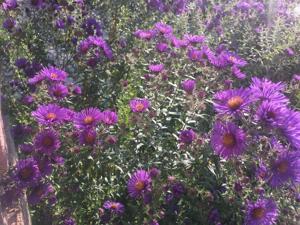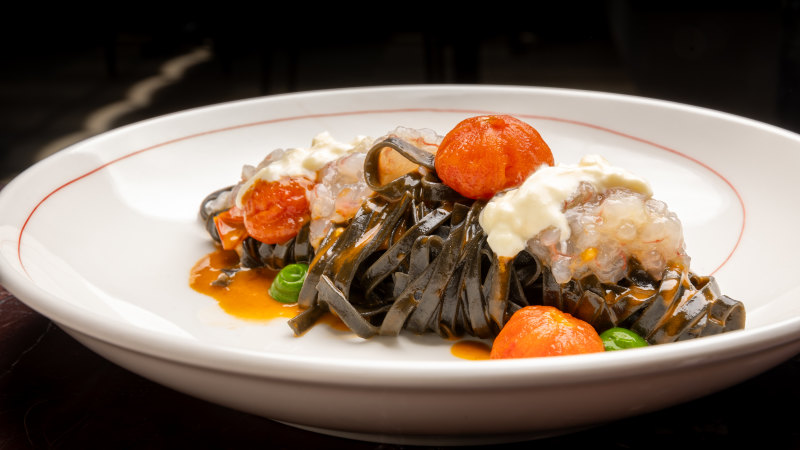Every fall, my wife purchases potted perennials in 10-inch pots to give fall colours to the walkway to the front door. They are usually in full bloom with golden, orange or purple colours. About 10 years ago she purchased an aster with royal purple blooms and flower heads over four centimetres in diameter.
It was an attractive plant but nothing special since I have observed many asters in bloom in the wild that were just as attractive. It was about the same time as I started to get more detailed with my study of insect pollinators listing the many species of bees, wasps, and flower flies that were visiting fall flower blooms. I soon found out just how special this aster was since it was attracting 10 times as many insects as other plants in my pollinating gardens.
Even other asters that looked very similar could not attract near as many insects as this plant. Every fall, I began to look forward to the number of new pollinators I would find visiting this aster. I was recording species of drone flies on this aster that I had never seen before — the list grew in number every year.
Things were great and each year the aster grew larger, and more insects appeared. Then five years ago, we decided to build a new front walkway and entrance step. The aster was in the way and had to be moved.
I decided to move it to the backyard in partial shade and not the full sun that it seemed to like the best. It did very poorly and at one point, it looked like I was going to lose my favourite as.

















